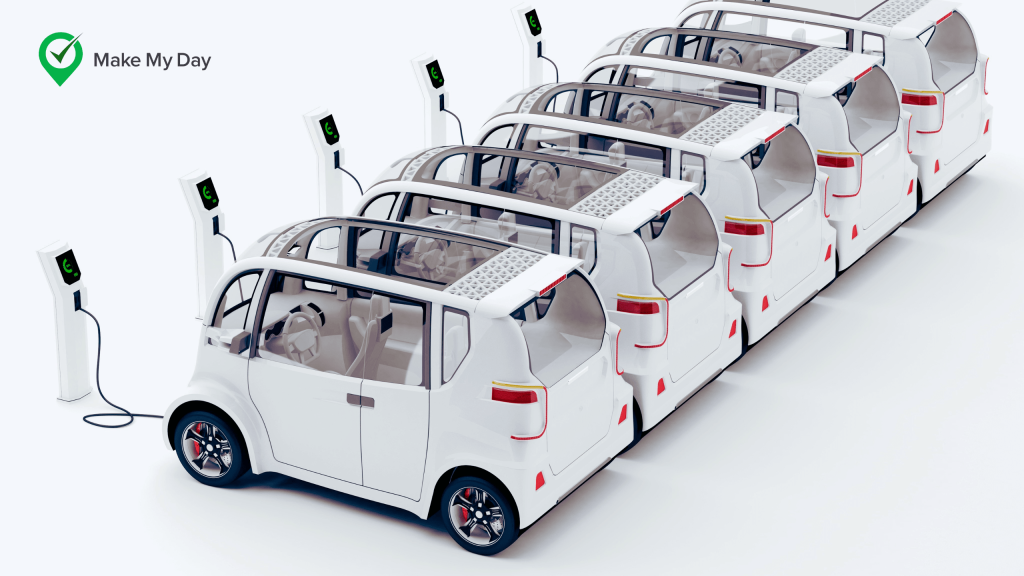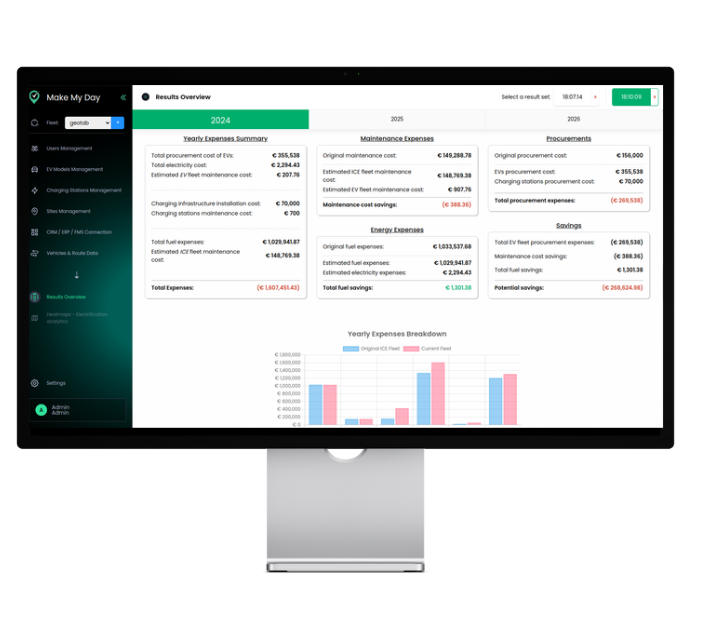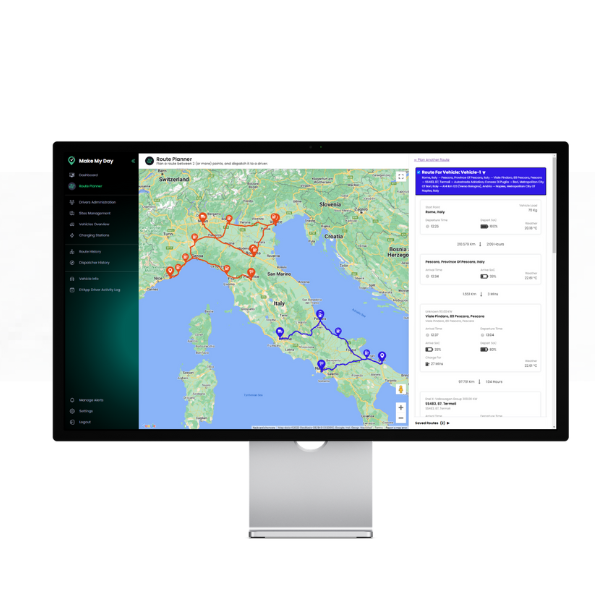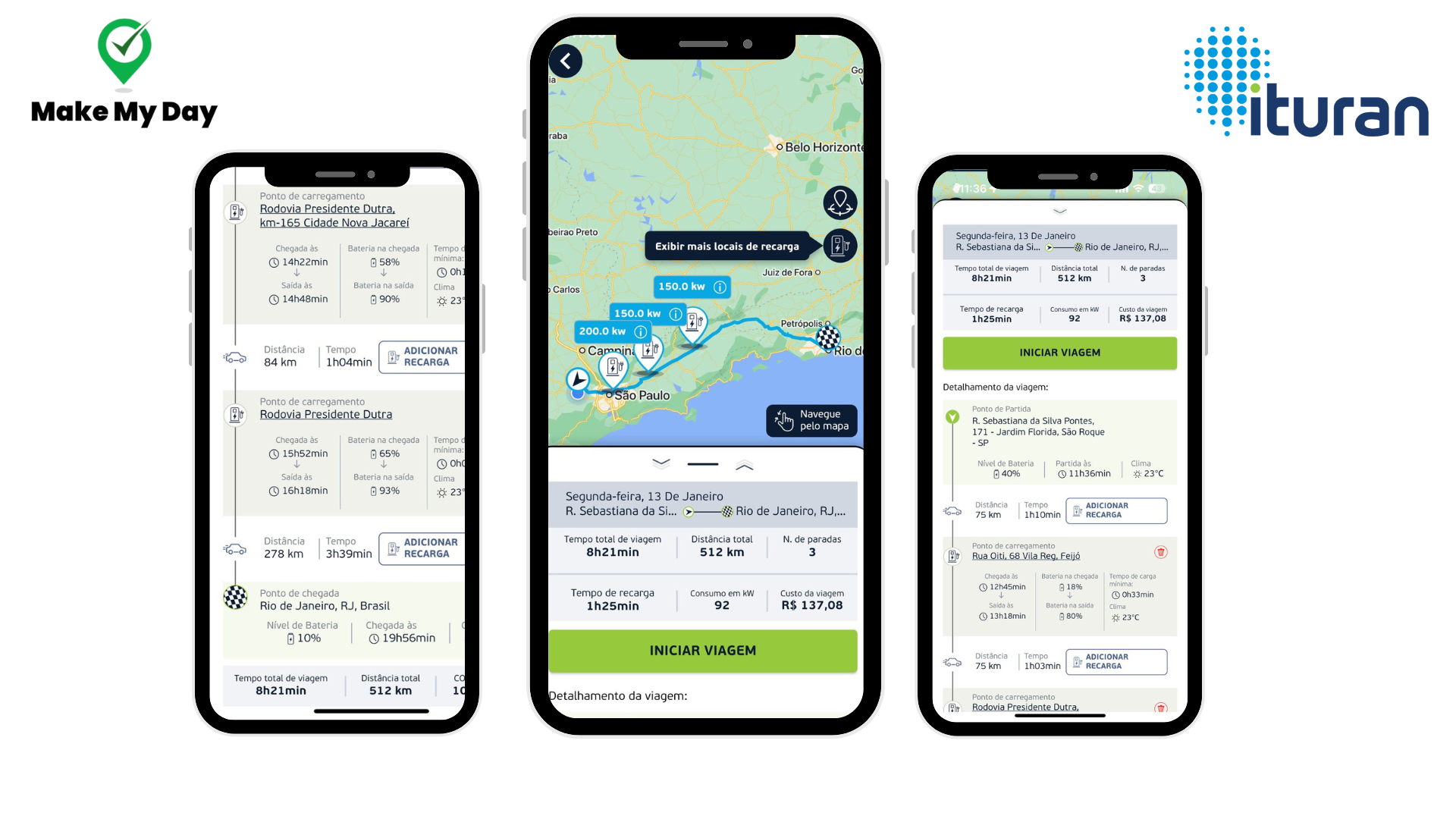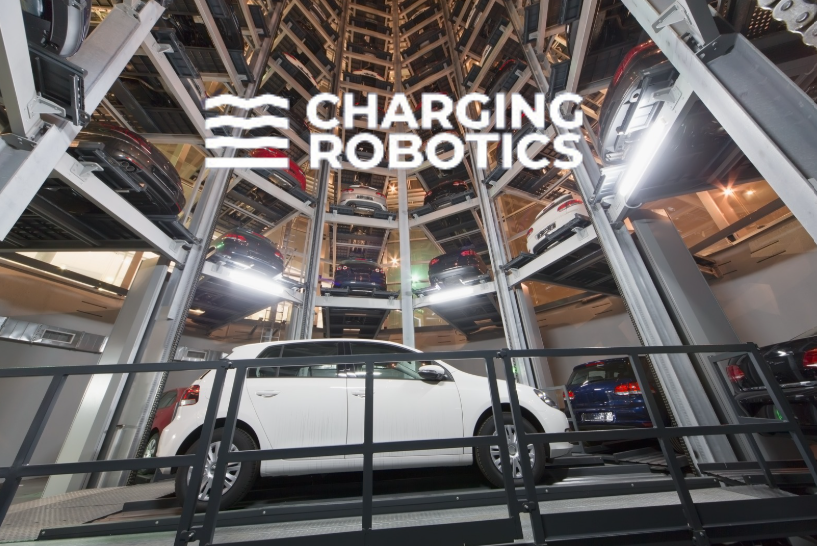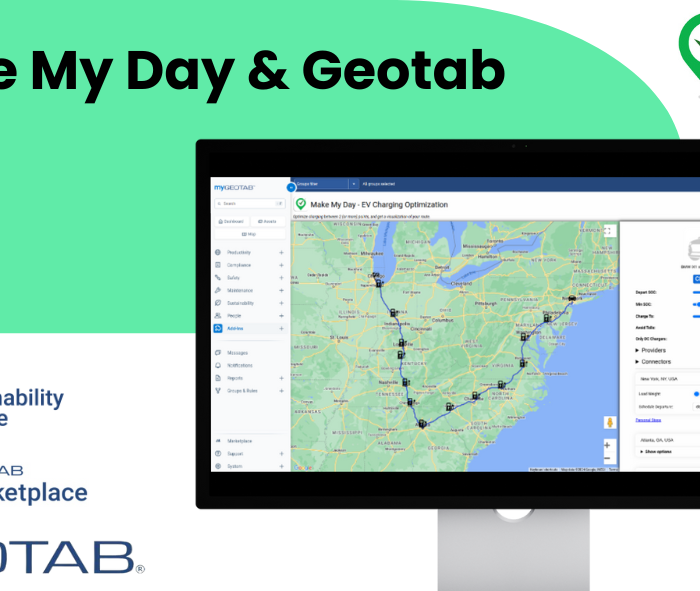As the world becomes increasingly concerned with reducing carbon emissions and combating climate change, many fleet managers are looking to electric vehicles (EVs) as a solution. However, transitioning to an EV fleet comes with its own set of challenges, from limited charging infrastructure and range anxiety to higher upfront costs and concerns about vehicle reliability.
In this article, we’ll examine the key benefits and challenges of transitioning to an electric vehicle fleet, and provide strategies for overcoming the challenges.
The Benefits of Electric Vehicles
As fleet managers begin to consider transitioning to EVs, it’s important to understand the benefits they can offer. One major advantage of EVs is that they produce zero emissions, which can help organizations meet their sustainability goals and reduce their carbon footprint. Additionally, EVs are typically cheaper to operate than traditional gasoline vehicles, as they require less maintenance and have no fuel costs.
Réduction des coûts
One of the biggest benefits of EVs is the cost savings they can provide. According to the U.S. Department of Energy, operating an EV can be up to 70% cheaper than operating a traditional gasoline vehicle. This is because EVs require less maintenance and have lower fuel costs. Additionally, EV batteries are designed to last for a long time, reducing the need for costly replacements.
Durabilité
Another major benefit of EVs is their ability to reduce carbon emissions and help organizations meet their sustainability goals. According to the Union of Concerned Scientists, driving an EV instead of a traditional gasoline vehicle can reduce carbon emissions by 50-70%.
Improved Public Image
As more and more consumers become environmentally conscious, EVs can help organizations improve their public image. According to a survey conducted by Plugless, 53% of consumers are more likely to do business with a company that uses electric vehicles.
The Challenges of Transitioning to an Electric Fleet
While the benefits of EVs are clear, transitioning to an EV fleet comes with its own set of challenges. One of the biggest challenges is the lack of charging infrastructure, which can make it difficult for vehicles to complete a full day’s work. Additionally, the upfront costs of EVs can be higher than traditional gasoline vehicles, and there are concerns about the reliability and durability of EVs.
Limited Charging Infrastructure
One of the biggest challenges of transitioning to an EV fleet is the lack of charging infrastructure. According to a report from the National Renewable Energy Laboratory, the lack of charging infrastructure is the biggest barrier to widespread EV adoption. This can make it difficult for vehicles to complete a full day’s work, as they may need to stop and charge throughout the day.
Higher Upfront Costs
Another challenge of transitioning to an EV fleet is the higher upfront costs of EVs. According to the U.S. Department of Energy, the upfront costs of EVs can be up to 50% higher than traditional gasoline vehicles. This can make it difficult for organizations to make the transition, especially if they have a large fleet of vehicles.
Concerns about Reliability
One of the biggest challenges fleet managers face when transitioning to an electric fleet is the concerns about reliability. The distance that an EV can travel on a single charge is limited, which can make it difficult to plan routes and ensure that vehicles will always have enough power to complete their journey.
Overcoming The Challenges of Transitioning to an Electric Fleet
As more and more companies and organizations look to reduce their carbon footprint and improve their environmental sustainability, the transition to an electric fleet is becoming an increasingly popular choice.
However, the transition to an electric fleet is not without its challenges. In this section, we’ll explore some of the biggest challenges fleet managers face when transitioning to an electric fleet and discuss ways to overcome them.
While transitioning to an EV fleet may come with its own set of challenges, there are strategies that organizations can use to overcome them. One effective strategy is to invest in EV fleet management software and routing & charging apps, which can help organizations plan and optimize their EV fleet operations. Additionally, fleet electrification planning tools can help organizations save money, improve efficiency, and reduce their carbon footprint from day one.
One company that offers these types of solutions is Make My Day. We provide an EV software package that includes EV fleet management software, a routing & charging app, and a fleet electrification planning tool powered by an AI algorithm. These tools can help organizations plan and optimize their EV fleet operations, saving money, improving efficiency, and reducing their carbon footprint.
By investing in these types of solutions, organizations can overcome the challenges of transitioning to an EV fleet and take advantage of the many benefits that EVs have to offer.
If you’re interested in learning more about, how we can help your organization transition to an EV fleet, visit our contact us page to get in touch.

